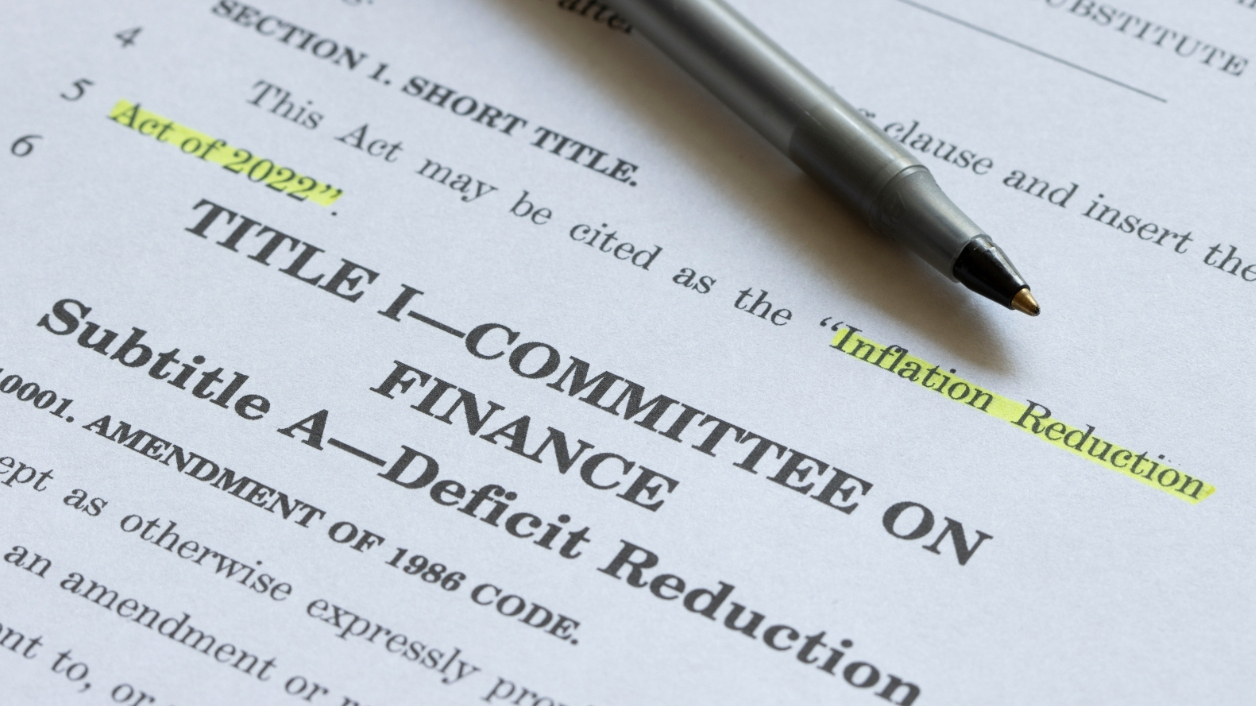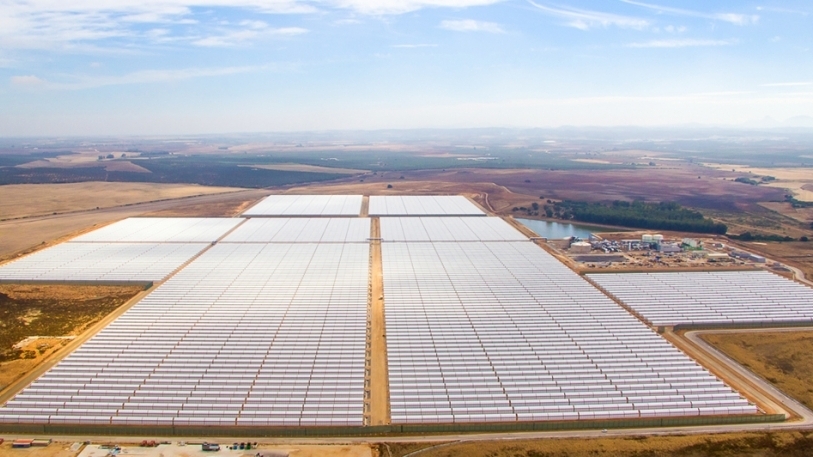There is a stark rise of corporates being called out for climate-washing, according to Colombia Law School and London School of Economics annual Global Climate Litigation report, shared with Net Zero Investor.
The US finds itself in the spotlight with 20 cases filed by cities and states across the country which are now likely to go to trial, and the region is facing a new trend – so-called ‘ESG backlash litigation’ – whereby those attempting to show green credentials are being targeted to prove why going green is good for finance and business.
Drawing primarily on the Climate Change Litigation databases maintained by the Sabin Centre for Climate Change Law, between May 2022 and May of this year, 2,341 cases have been captured in the Sabin Center’s climate change litigation databases, 190 of which were filed in the last 12 months.
The growth rate in cases appears to be slowing but diversity in cases is still expanding, and the number of jurisdictions that see such cases expanding.
Climate change litigation has now been additionally identified in Bulgaria, China, Finland, Romania, Russia, Thailand and Turkey.
Meanwhile, climate cases continue to have significant indirect impacts on climate change decision-making beyond the courtroom, too.
Also read
Why climate litigation increasingly poses a risk to a company’s value
Complex legal arguments
Most cases are being filed against corporate actors, with a more complex range of legal arguments. Around 20 cases filed by US cities and states against the carbon majors, are now likely to go to trial.
There has been growth in ‘climate-washing’ cases challenging the accuracy of green claims and commitments. Some cases seeking financial damages are also challenging disinformation, with many relying on consumer protection law.
Challenges to the climate policy response of governments and companies have grown significantly in number outside the US with more than 50% of climate cases having direct judicial outcomes that can be understood as favourable to climate action.
Litigation concerning investment decisions is increasing and can help clarify the parameters within which decisions should be made in the context of climate change.
Finally, high-emitting activities are now more likely to be challenged at different points in their lifecycle, from initial financing to final project approval.
Also read
Looking East: will the race to net zero be won or lost in Asia?





